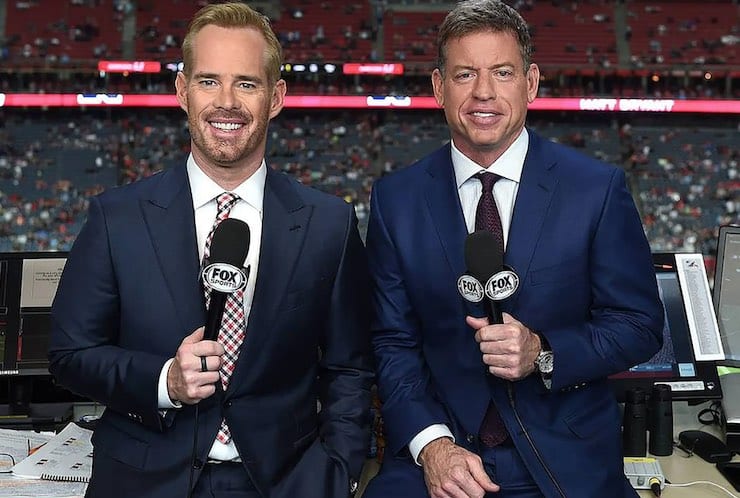Reporting on sports events 스포츠중계 demands a mix of readiness, expertise, and flexibility to provide captivating and thorough coverage. Whether you’re a seasoned sports journalist or aspiring to break into the industry, honing your skills in event reporting can enhance your craft and engage your audience. This guide explores key strategies and advice to assist you in excelling at sports event coverage with finesse.
Preparation Phase: Setting the Foundation for Success
Successful coverage starts long before the event kicks off. Preparation is key to ensuring you can capture the essence of the event and provide insightful commentary.
Researching the Event and Teams
Before you head to the venue, conduct thorough research on the teams, key players, recent performances, and any relevant statistics. Understanding the context and background enhances your ability to craft informed narratives during the event.
Familiarizing with the Venue and Logistics
Arrive early to familiarize yourself with the venue layout, facilities, and potential vantage points for optimal coverage. Knowing the logistics helps you navigate swiftly during the event and anticipate any challenges.
Assembling Your Gear
Ensure your equipment is in top condition and fully charged. Essential gear typically includes cameras, audio recorders, notebooks, pens, and laptops for live reporting. Having backups for critical equipment is prudent.
Capturing the Action: Techniques for Dynamic Coverage
During the event, your focus shifts to capturing the live action while maintaining accuracy and relevance in your reporting.
Live Reporting and Social Media Updates 고릴라티비 스포츠중계
Deliver instant updates through popular social media platforms such as Twitter, Instagram, 고릴라티비 스포츠중계 and Facebook. Craft concise and captivating posts with relevant hashtags to engage a wider audience and keep them informed of key moments.
Photography and Video Coverage
Capture compelling images and videos that vividly convey the intensity and emotions of the event. Emphasize action shots, celebratory moments, and genuine reactions from both players and fans. These visuals enrich your narrative and captivate your audience visually.
Conducting Interviews and Gathering Insights
Interview coaches, players, and fans to gather diverse perspectives and insights. Prepare thoughtful questions that elicit meaningful responses, and be adaptable to unexpected interview opportunities that may arise.
Crafting Compelling Stories: Turning Coverage into Narratives
Great sports coverage goes beyond mere reporting; it transforms events into compelling stories that resonate with your audience.
Structuring Your Storytelling
Organize your coverage into a coherent narrative structure. Start with a captivating lead that hooks readers, followed by a chronological or thematic flow that builds tension and excitement. End with a strong conclusion that summarizes key takeaways.
Adding Context and Analysis
Provide context by referencing historical matchups, rivalries, or statistical trends. Analyze gameplay strategies, player performances, and pivotal moments to offer deeper insights that enrich your coverage.
Integrating Multimedia Elements
Elevate your articles by integrating multimedia elements like embedded videos, photo galleries, and interactive graphics. These visuals not only diversify the content but also offer additional information that enhances the reader’s engagement.
Post-Event Coverage: Reflection and Follow-Up
After the event concludes, your coverage should extend to post-event analysis and follow-up stories that provide closure and perspective.
Analyzing Performance and Outcomes
Reflect on the event’s outcomes and performances. Analyze statistics, trends, and the implications of the results on future games or seasons.
Writing Follow-Up Stories
Craft follow-up stories that explore broader implications, reactions from stakeholders, and any developing narratives that emerged post-event. These stories prolong engagement with your audience and demonstrate your expertise in ongoing sports coverage.
Conclusion
Mastering sports event coverage demands dedication, versatility, and a keen eye for detail. By employing thorough preparation, dynamic reporting techniques, and compelling storytelling, you can elevate your coverage to professional standards. Continuously hone your skills, stay updated with industry trends, and adapt to new technologies to maintain relevance and excellence in sports journalism.
Follow these tips and tricks to cover sports events like a pro, and watch your audience engage with your content as you establish yourself as a trusted voice in sports journalism. Happy reporting!





